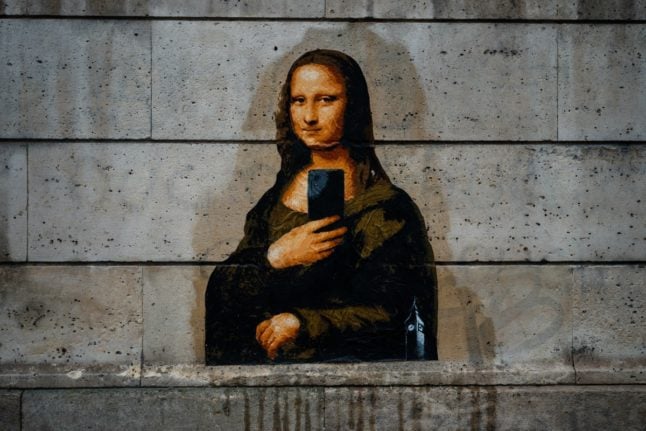The 74-year-old is at the centre of an ongoing rape investigation and the press has recently reported on several new sexual misconduct allegations.
Auctioneer David Nordmann said Depardieu had given no specific reasons for ridding himself of the works, which make up most of his collection in Paris.
“He’s 74-years-old and, as he says, he’s had several heart operations, several motorbike accidents,” said Nordmann.
“He’s lived an enormously full life and needs to lighten the load a little.”
The auctioneers said they had begun organising the sale before the latest allegations emerged.
“We would prefer there weren’t these judicial problems,” said Nordmann. “In theory, the art market is sufficiently independent from these concerns… but we have no idea.”
The sale of the actor’s 250 works of art is set for September 26th to 27th at the Hotel Drouot in Paris.
Depardieu, arguably France’s best-known actor worldwide, has played some of the country’s most iconic roles including Cyrano de Bergerac, Obelix and Auguste Rodin.
He has long been an avid art collector, mostly of abstract contemporary art and statues.
The auctioneers said they had never encountered someone who lived with their art like Depardieu.
“The collection at his home is unique because there are no paintings hanging on the wall,” said Nordmann. “He piles them up against the wall and moves them forward and back in the pile as the mood takes him.
“I’ve never seen that. He can’t stand being face-to-face with them.”
A striking Germaine Richier statue — whose “ogre-ish” stance bears some resemblance to the actor, Nordmann noted — is the centre-piece of the auction, valued between €500,000 and €800,000.
It also includes a Rodin statue and works by artists such as Odilon Redon and Hans Hartung.
The auctioneers admitted they would love to get their hands on some other items in the actor’s collections.
“We fantasise a bit about Gerard Depardieu’s wine cellar — you can’t even imagine,” said co-auctioneer Xavier Dominique.




 Please whitelist us to continue reading.
Please whitelist us to continue reading.
Member comments